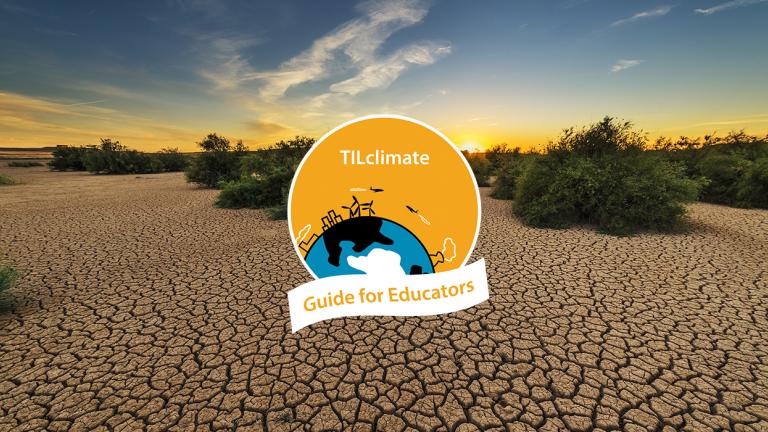About This Lesson
Description
We hear about climate impacts all over the world, often in global terms. But what is happening where? And what will happen in our own communities? Students play a game to understand changes to precipitation. Then, using the US Climate Resilience Toolkit, they investigate local climate concerns and solutions.
SWBAT
- Explain how carbon dioxide in the atmosphere causes higher temperatures.
- Explain some relationships between higher temperatures and changes to precipitation.
- Understand key climate challenges for their area.
- Understand a few adaptation solutions for their area.
Skills
- Understanding graphs
- Communicating scientific understanding














